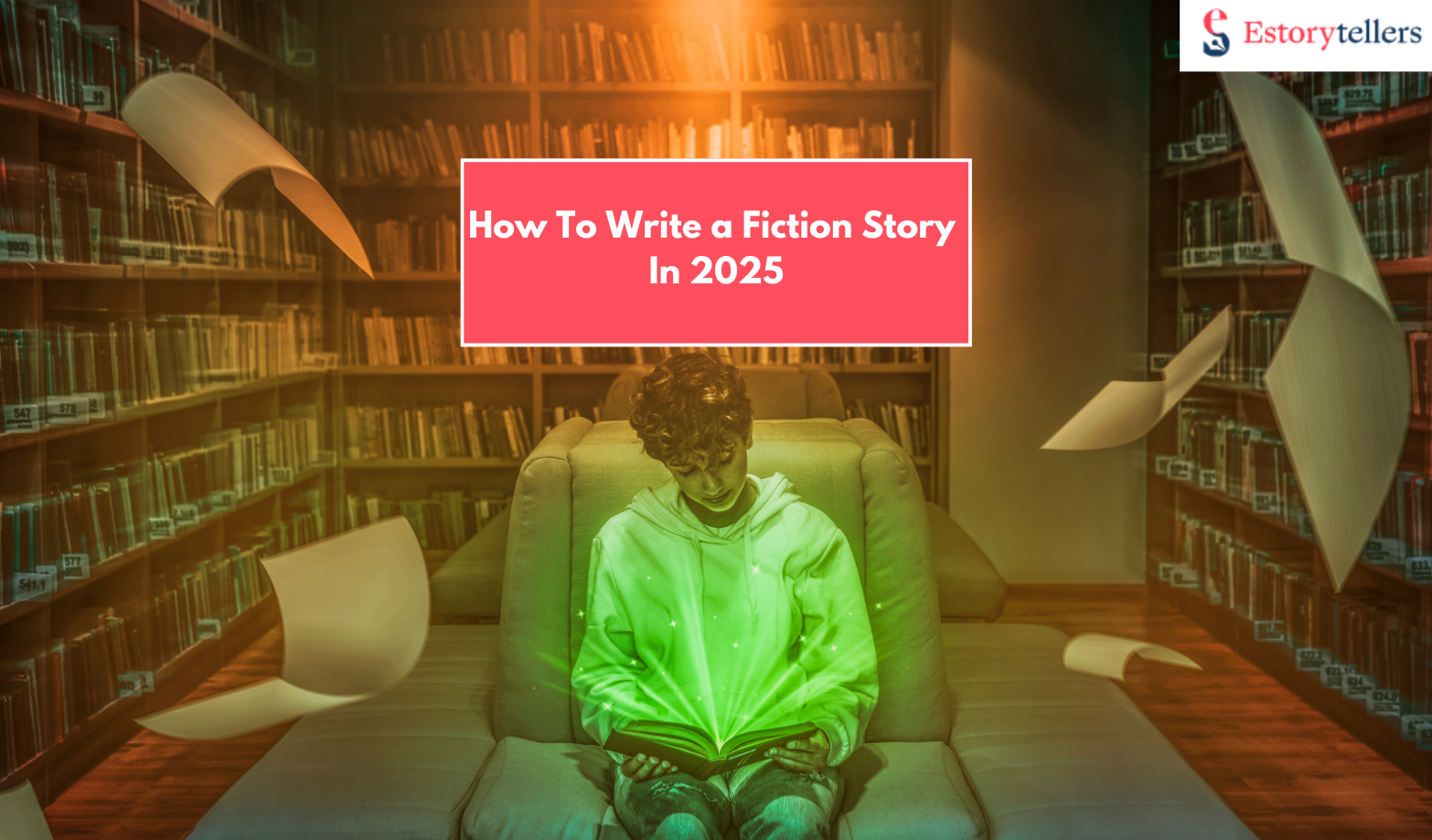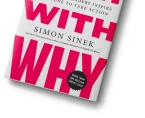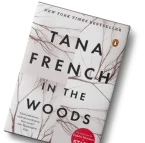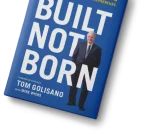
Remember the first time a story grabbed you and didn’t let go?
Maybe it was a spooky Goosebumps book under the covers with a flashlight. Or a gripping short story from Stephen King you read in high school. Or a coming-of-age moment in a novel that felt like it got you before you even knew how to explain yourself.
Fiction isn’t just entertainment. It’s an emotional tale. It makes us feel seen, challenged, comforted, and excited sometimes all at once.
And guess what? You can learn how to write a fiction story like that, too.
No matter if you want to write a short story, start a novel, or just figure out what writing fiction even looks like, this guide is for you. You don’t need fancy credentials. Just an idea and the willingness to explore it on the page.
Struggling to Start Your Fiction Story?
We help you brainstorm, outline, and craft a story idea that hooks readers from the first page.
Start Writing TodayStep 1: Start Writing Your Fiction Story With a “What If?”
Fiction always starts with curiosity.
All great stories begin with a what if?
- What if a kid accidentally discovers time travel in his basement?
- What if a woman gets an anonymous letter every birthday revealing a secret about her past?
- What if the villain is the narrator, and you don’t realize it until the end?
Don’t worry about being original, worry about being honest.
Take something from real life and twist it. Combine a childhood memory with a “what if” scenario. Daydream a little. That’s where the good stuff comes from.
Pro tip: Jot down five “what if” ideas before picking the one that excites you most.
Step 2: Create Characters With Heart (and Flaws)
Your characters are the soul of your story. Readers connect with them — or they don’t connect at all.
To create a memorable character, ask:
- What does this character want more than anything?
- What’s standing in their way?
- What flaw or fear is holding them back?
Let them be messy. Let them say the wrong thing. And let them feel real.
Think of Eleanor Oliphant, Holden Caulfield, or Rue from Euphoria — not perfect, but unforgettable.
Give your character agency. They don’t just react to life. They make choices. And those choices drive the plot forward.
Step 3: Give Your Story Structure (Without Killing the Fun)
Writing fiction doesn’t mean “just write and see what happens.” Even short stories need structure.
Here’s a simple story arc that works every time:
- The Setup – Who is your character? What do they want?
- The Conflict – What goes wrong? What’s at stake?
- The Climax – The most intense, dramatic moment
- The Resolution – Something changes (for better or worse)
This works whether you’re writing a fiction short story or the beginning of a novel.
Think of it like a movie plot. Most films follow this exact arc — from “The Hunger Games” to “La La Land.”
Have a Story Idea but No Time to Write?
Our fiction ghostwriters craft compelling, well-structured stories across all genres — fully confidential.
Hire a GhostwriterStep 4: Write the First Scene (Don’t Worry If It’s Ugly)
Forget chapter titles, outlines, or perfect grammar.
Your only job now? Get one scene on paper.
Here’s how:
- Start in the middle of the action (your character doing something, not just thinking)
- Keep your sentences short and punchy
- Use sensory detail — what do they see, feel, smell, hear?
Don’t write for your 10th-grade English teacher. Write like you’re telling a friend what just happened in your dream last night — weird, messy, vivid.
Example prompt: “She never expected to find a letter in the toaster.”
Want feedback on your scene? Estorytellers works with new writers to develop rough scenes into full stories, with guidance from experienced fiction editors and ghostwriters.
Step 5: Edit the Fluff, Make Your Fiction Story Unique
First drafts are bloated. That’s normal.
Now it’s time to go back and cut what’s boring, expand what’s juicy, and shape it into something tight.
Ask:
- Does this sentence move the story forward or reveal something important?
- Can I replace vague adjectives with concrete images?
- Is the voice consistent?
If you feel stuck revising, get a second set of eyes.
Estorytellers offers beginner-friendly editing help for short stories and novels. No judgment. Just expert feedback that makes your fiction stronger.
Step 6: Learn by Reading Fiction That Hits Hard
Want to become a better fiction writer? Read like a writer.
Start with short stories and fast-paced fiction. You’ll absorb rhythm, pacing, dialogue, and scene structure almost by osmosis.
Here are a few beginner-friendly fiction story examples to study:
- “Lamb to the Slaughter” by Roald Dahl (a dark twist in under 10 pages)
- “Hills Like White Elephants” by Hemingway (master class in dialogue)
- “The Paper Menagerie” by Ken Liu (emotionally layered, culturally rich)
- Any story from The New Yorker‘s flash fiction archive
Pro tip: After reading, jot down what the author did well. What surprised you? What kept you turning the page?
Want Characters Readers Love?
We help you develop complex protagonists, antagonists, and side characters with unique voices and goals.
Build My CharactersStep 7: Share It, Submit It, or Save It for Later
You’ve written your fiction story. Now what?
You can:
- Post it online (Medium, Substack, Reddit’s r/writing)
- Submit it to fiction contests or literary journals
- Workshop it with other writers
- Or tuck it away until you’re ready to write more
Want to turn it into a longer story or self-publish it? Estorytellers can take your short story and help you expand it into a polished fiction book, complete with editing, design, and publishing.
You’ve done the hardest part: you started.
Now let’s take it further.
Want to Make Readers Feel Something?
We help you write emotional beats that connect with your audience and make your story unforgettable.
Add Emotional DepthFinal Thoughts on How To Write A Fiction Story
Here’s something most people forget:
Every bestselling author was once exactly where you are right now.
Before “The Shining,” Stephen King was writing short stories in a trailer with beer cans on the floor. Before “The Night Circus,” Erin Morgenstern was writing scenes on sticky notes between painting sessions. And before Colleen Hoover’s novels were viral on TikTok, she self-published her first fiction book on a whim.
The difference?
They started, stumbled, and kept going.
So here’s your permission slip:
Write badly. Write bravely. And most importantly, write YOUR story.
And if you ever feel stuck, unsure, or overwhelmed, Estorytellers is here to help you shape your fiction, polish your voice, and maybe even publish your work.






























